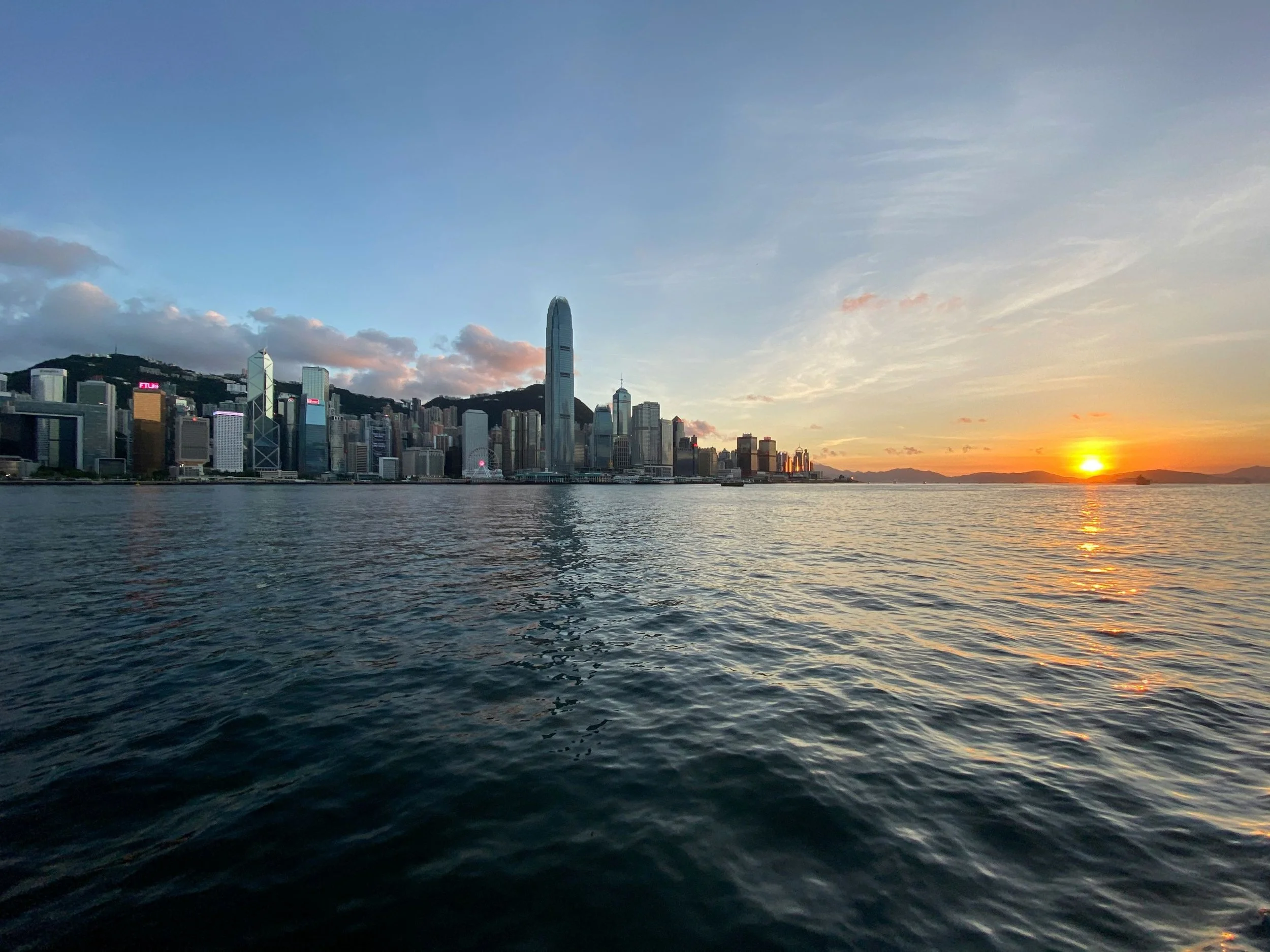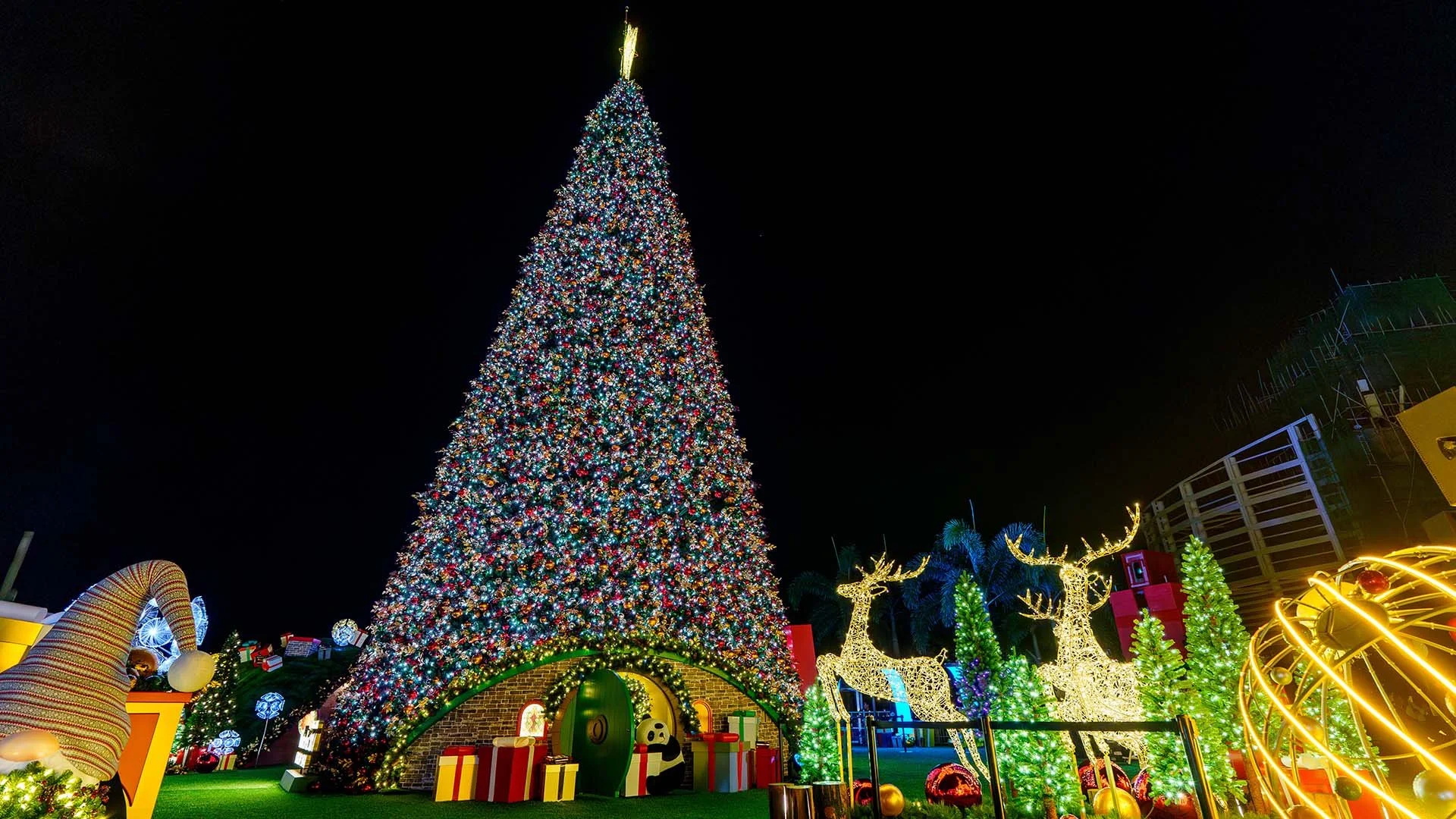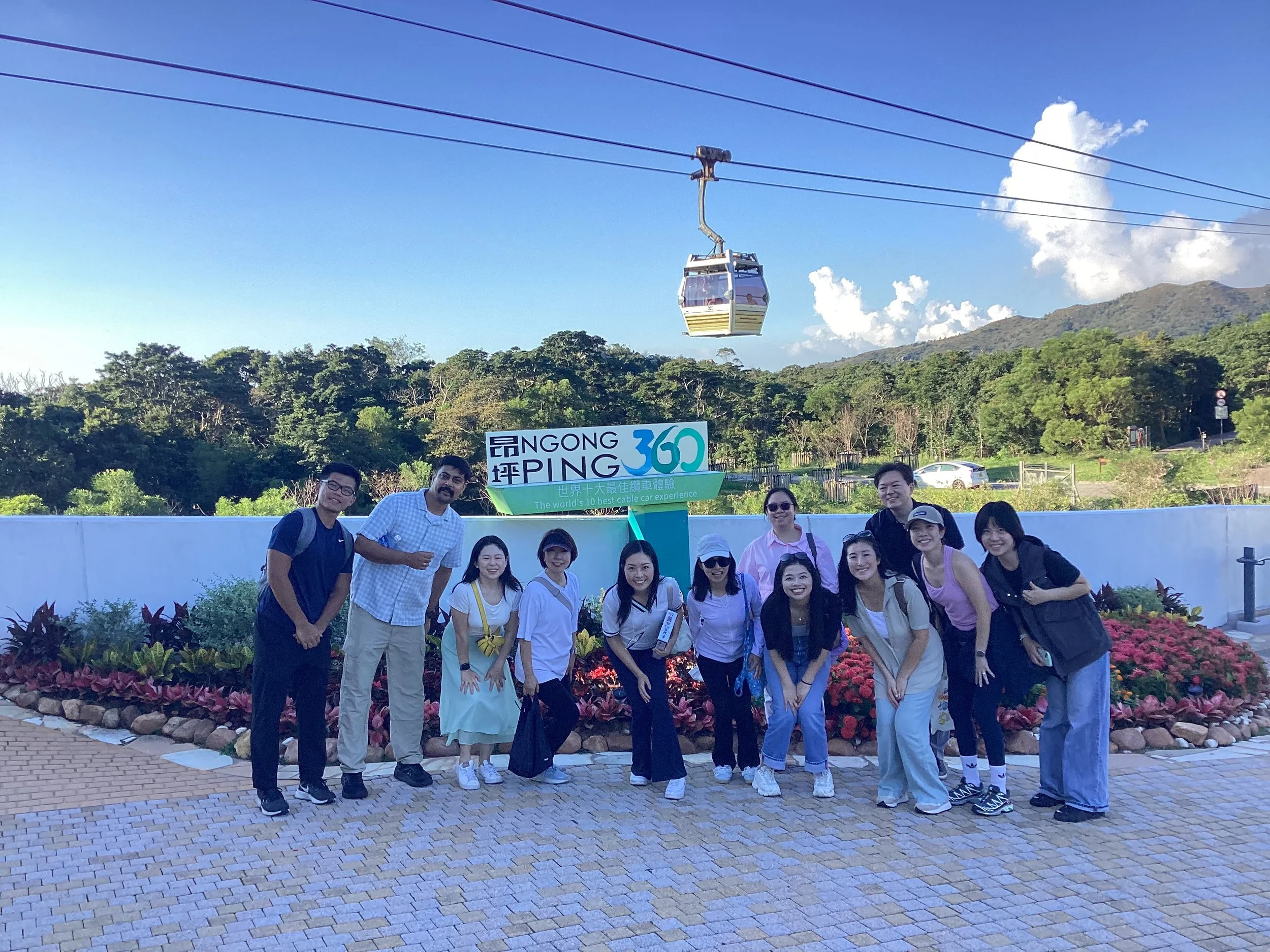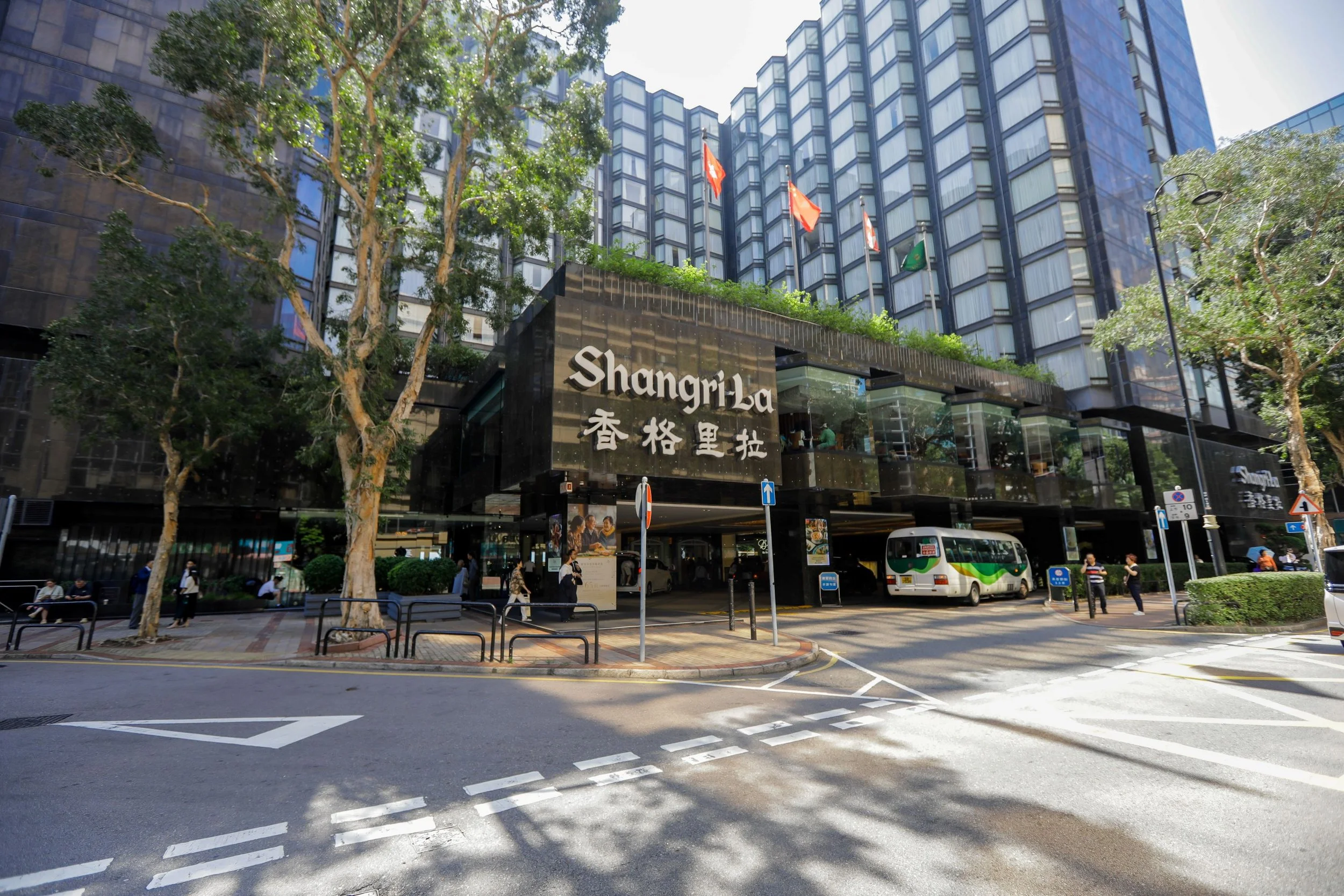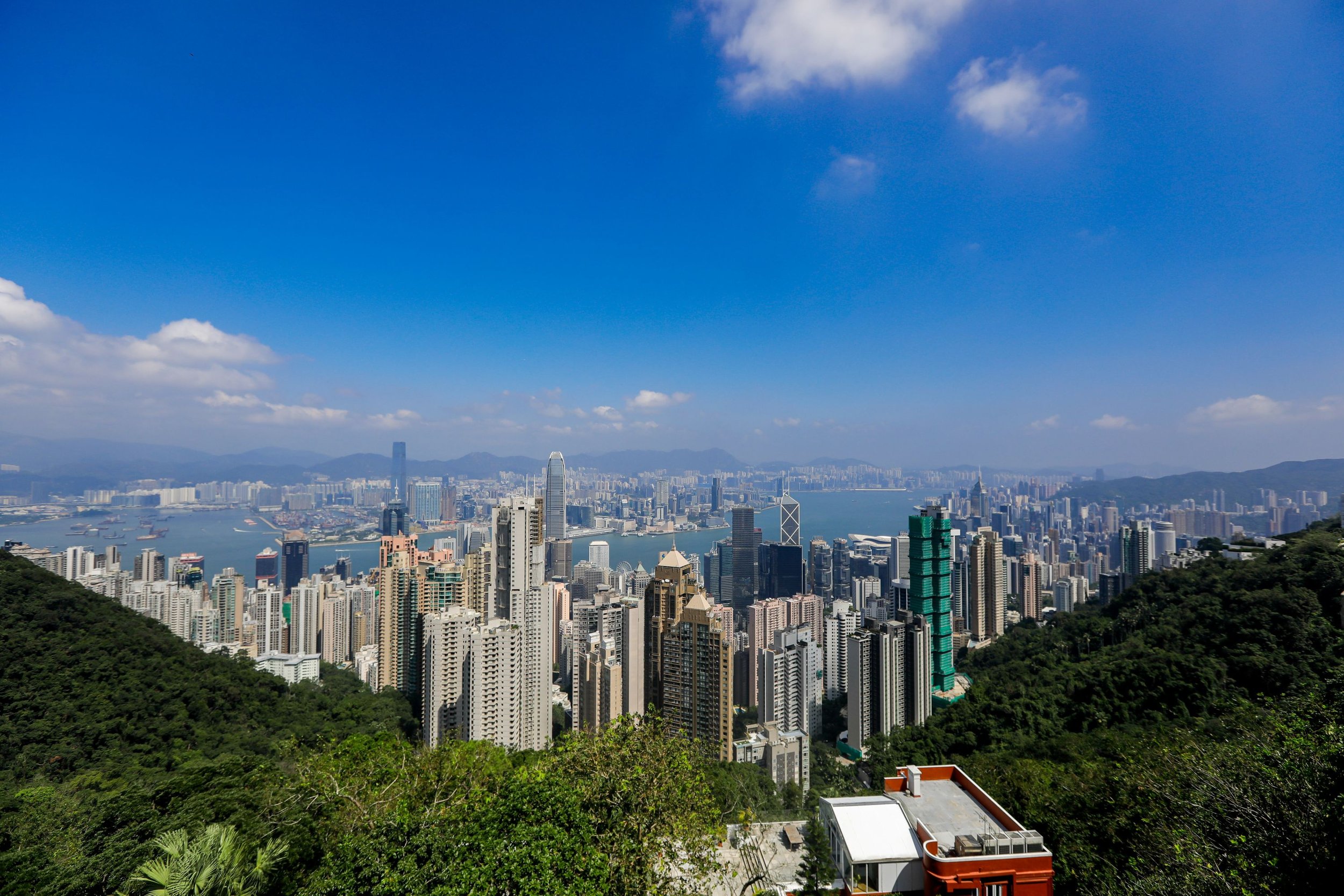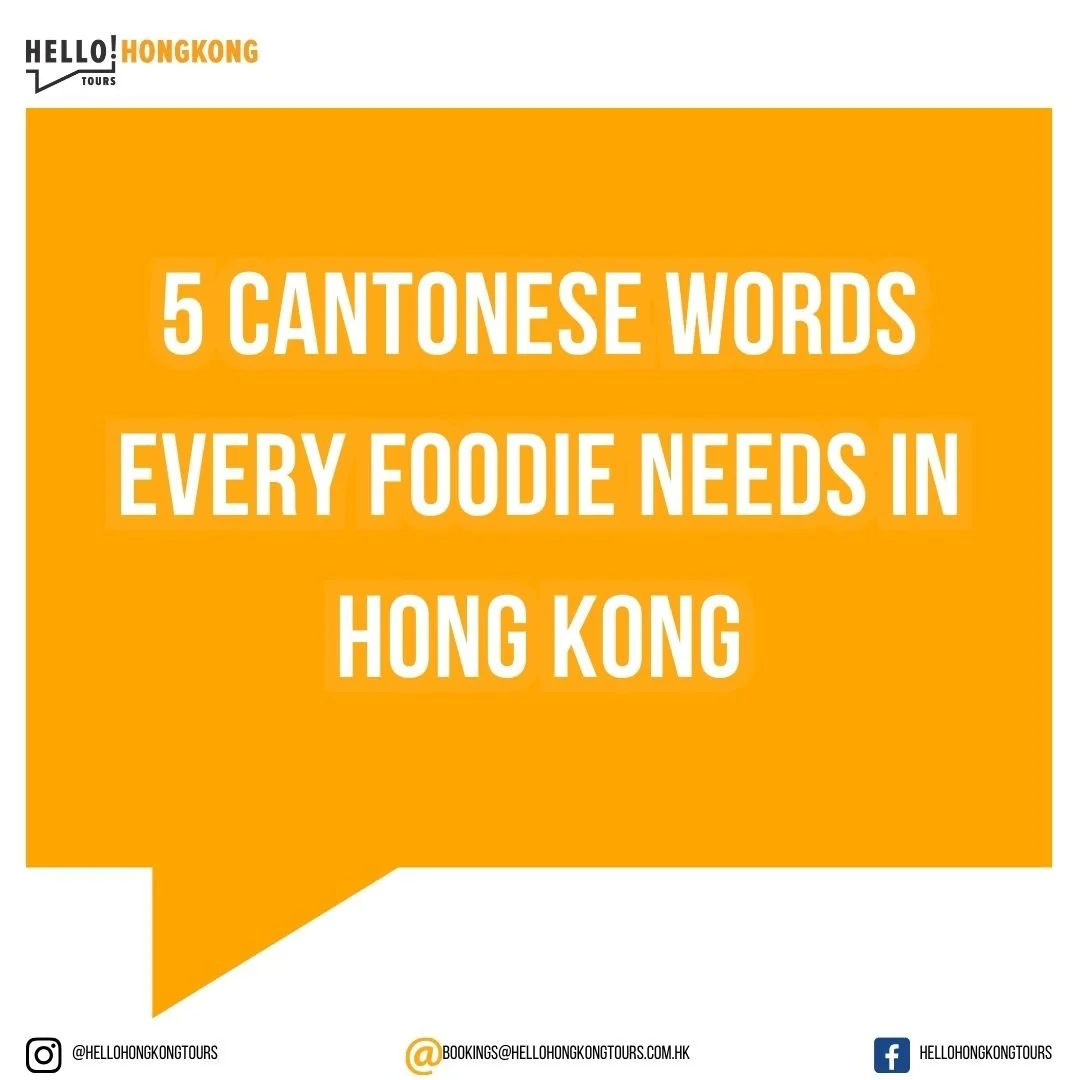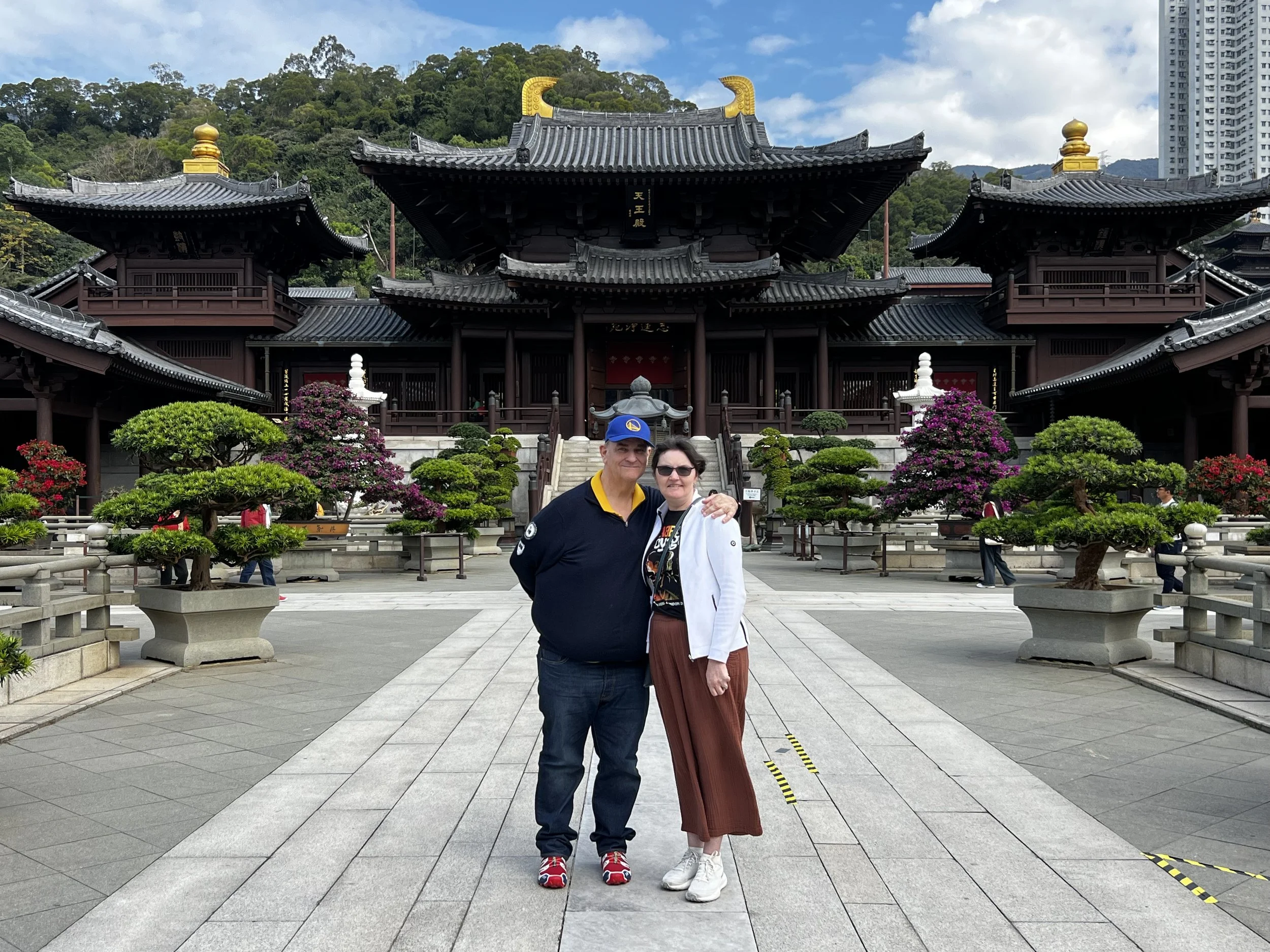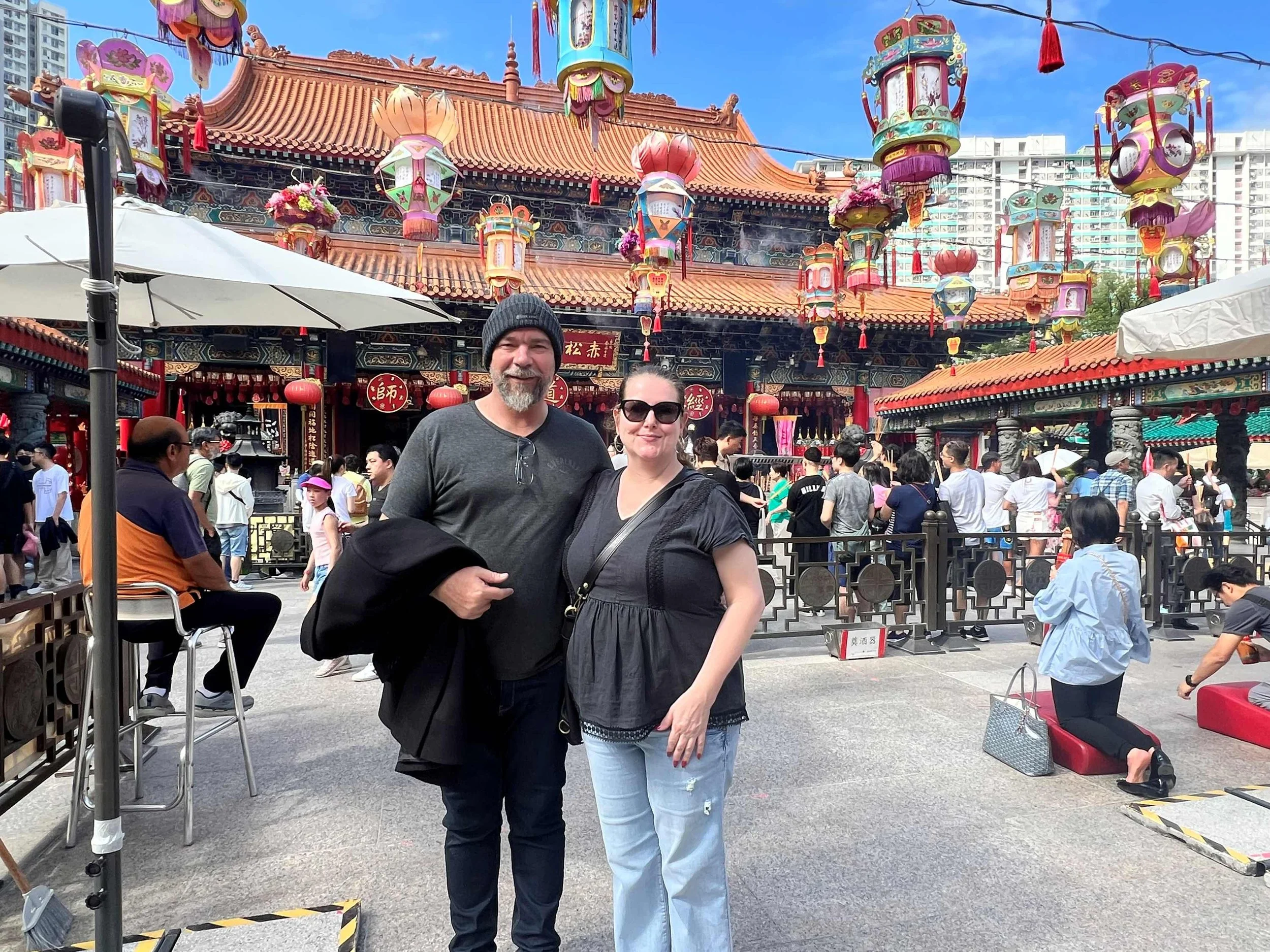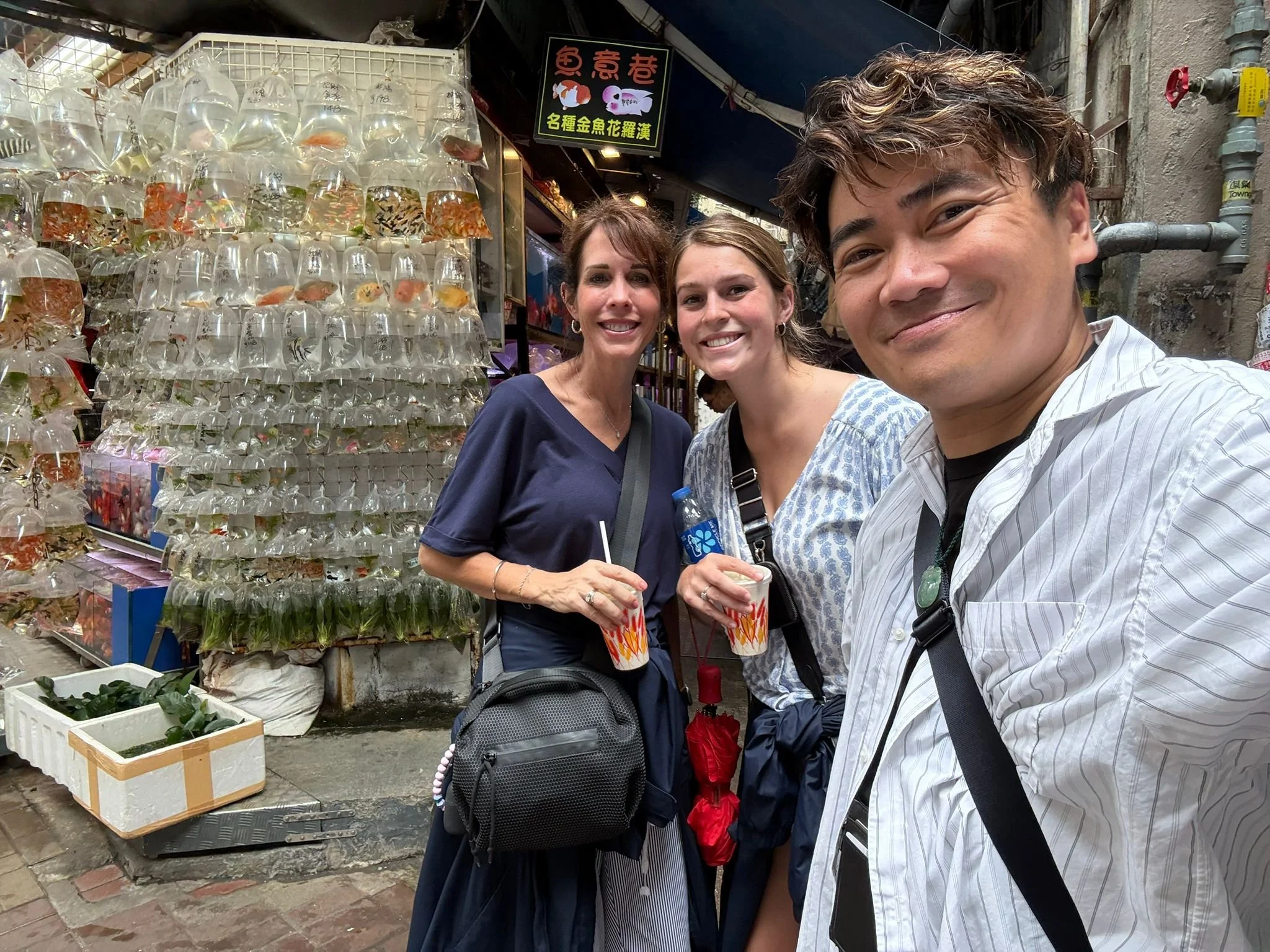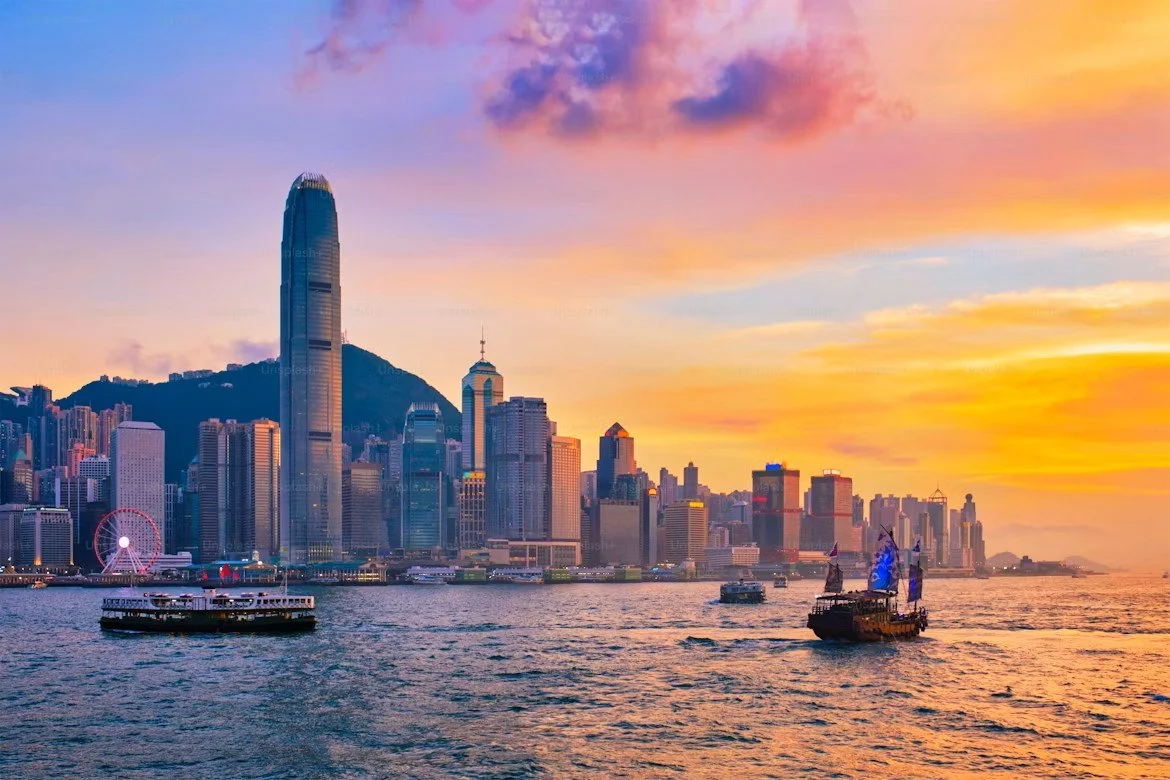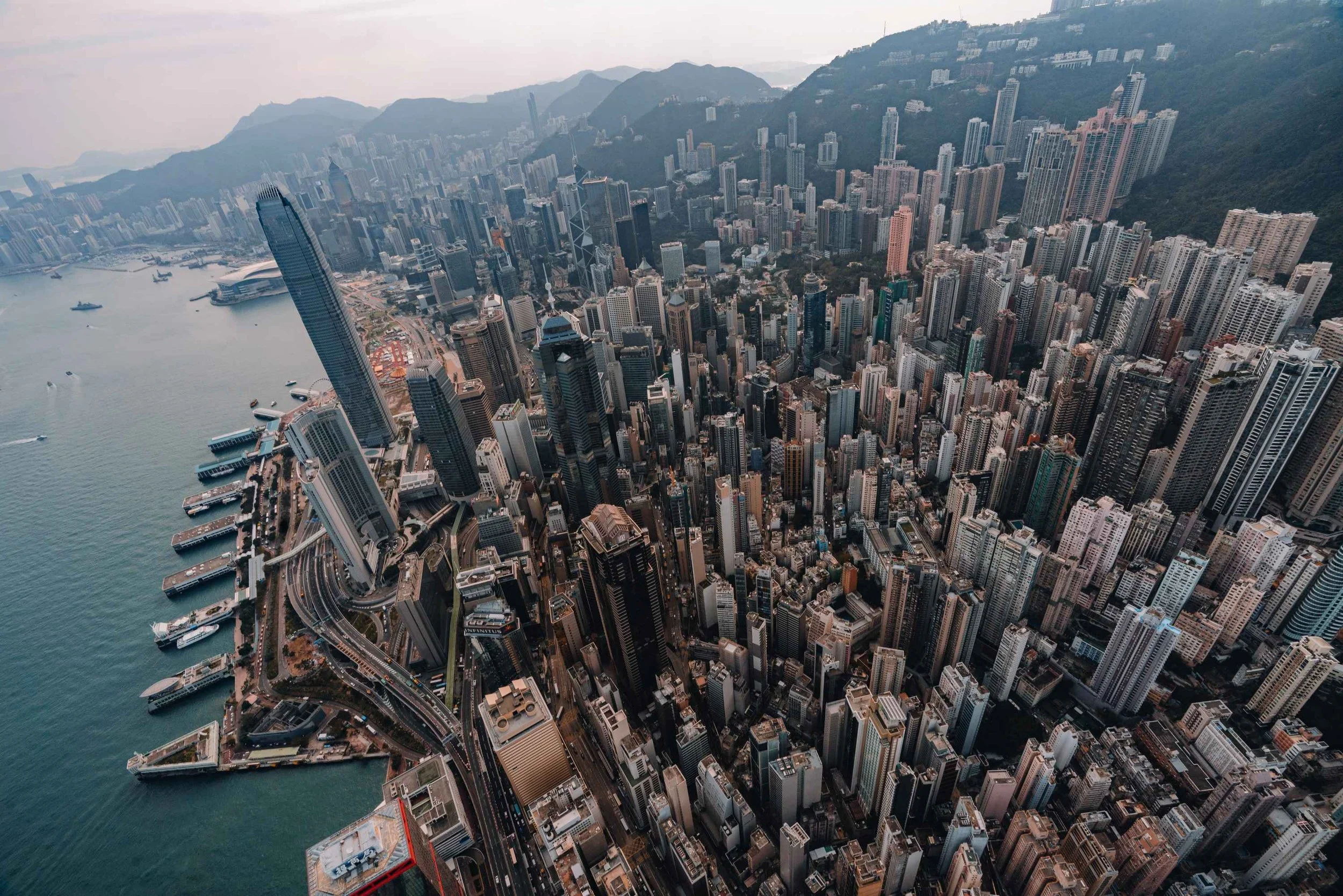December is one of the most beautiful months to visit Hong Kong. The cool weather, festive lights, and lively streets make the city feel bright and welcoming. However, this December also carries a moment of sadness. The tragic Tai Po fire has touched many lives, and the whole city stands united in support. Hong Kong locals, businesses, and travellers are keeping the victims and their families in their thoughts.
Even during difficult times, Hong Kong continues to show its strength. If you are visiting this month, there are many wonderful places to explore while appreciating the city’s resilience and warmth.
Photo:unplash
Top Places to Visit in Hong Kong This December
1. Victoria Peak (The Peak)
Enjoy stunning panoramic views of Hong Kong’s skyline. December’s clear skies make this the perfect time to visit.
2. Tsim Sha Tsui Promenade & Avenue of Stars
Walk along Victoria Harbour and enjoy the Christmas decorations and nightly light show. It’s one of the most iconic December experiences in Hong Kong.
3. Temple Street & Jordan Markets
Discover local culture through night markets, street food, and lively neighbourhoods full of character.
4. Lantau Island – Big Buddha & Ngong Ping Village
A peaceful escape. The cable car ride offers breathtaking views of Hong Kong’s mountains, ocean, and countryside.
5. Central & Sheung Wan
Stroll through charming old streets mixed with modern cafés, art spaces, and historic sites.
As Hong Kong reflects on the Tai Po tragedy, the city also continues to open its arms to visitors. This December, may your journey be filled with meaningful experiences, cultural discoveries, and moments of connection with the people and places that make Hong Kong truly special.





